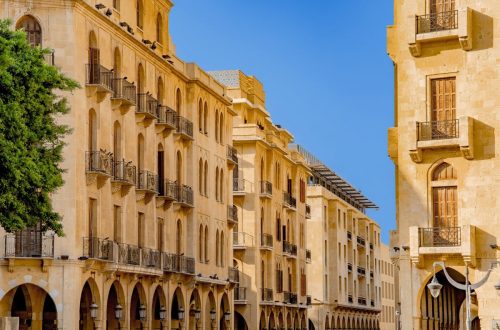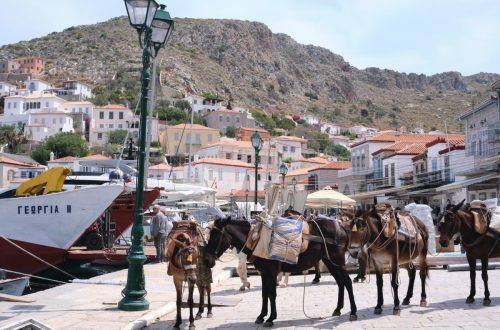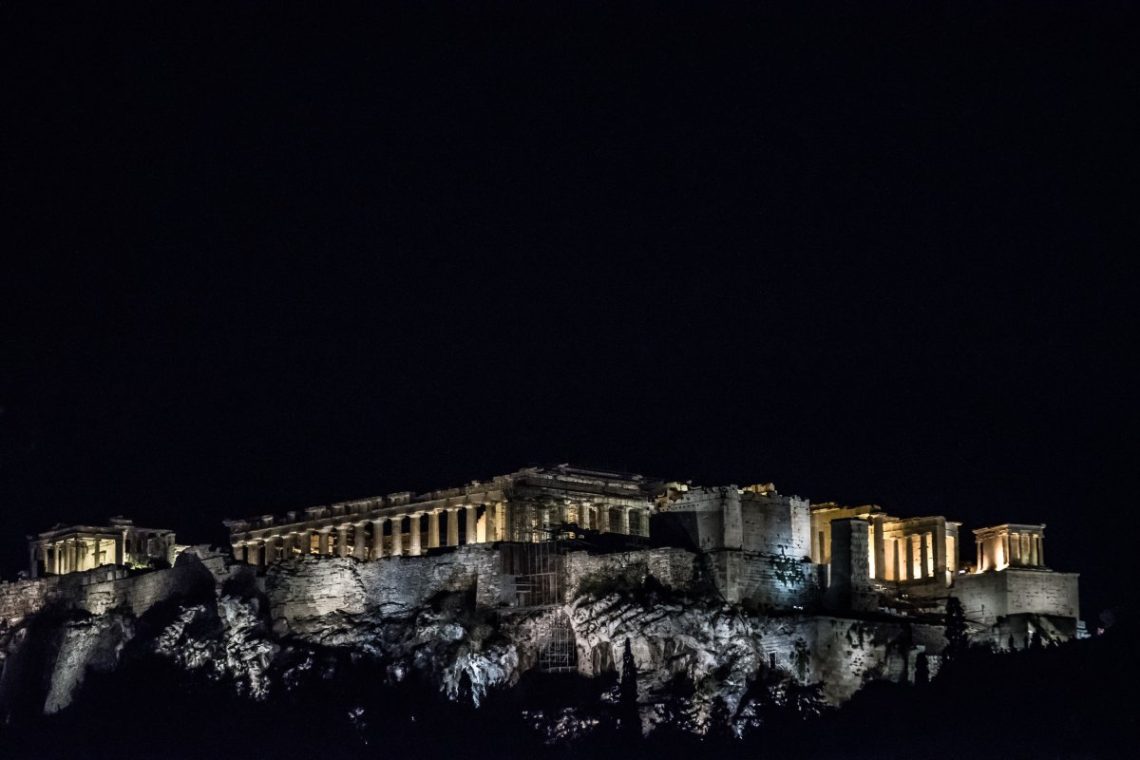
The Ultimate Athens Dark Tourism Guide (Updated 2024)
When we think of Athens, our minds race to images of ancient ruins, golden beaches, and traditional tavernas. But there’s a darker, more enigmatic side to this ancient city – a side that even I, as a local, was unaware of for most of my life. This is the world of dark tourism and, in Athens, it has a deep story to tell.
This guide is a local’s effort to gather all the most important dark tourism spots in Athens, Greece. It is updated for 2023 and, as new spots are discovered, it will be updated.
What is Dark Tourism?
Before diving in the best Athens dark tourism spots, let’s get clear on one thing. Dark tourism, also known as grief tourism or black tourism, involves traveling to places historically associated with death and tragedy. For some, it’s about confronting fear or understanding different aspects of human nature. For others, it might be an act of remembrance or an exploration of grey periods in history. It’s an oportunity for a new understanding and appreciation of those who came before us, the struggles they faced, and the legacies they left behind.
Travel Insurance for Greece
One of the first things that has to come to your mind when planning a trip is insurance.
Safetywing’s Nomad Insurance is one of the best options available out there. With a maximum coverage of 365 days, they are a great option whether you are a Nomad or not! They offer very low rates, but excellent coverage and immediate support (in a few minutes!). The best part? Nomad Insurance can be purchased even if you have left your home country already.
Lastly, they also cover extreme sports, something that can come in very handy if you are an adventurous soul.
The BEST Athens Dark Tourism Spots in 2024
The Athens War Museum
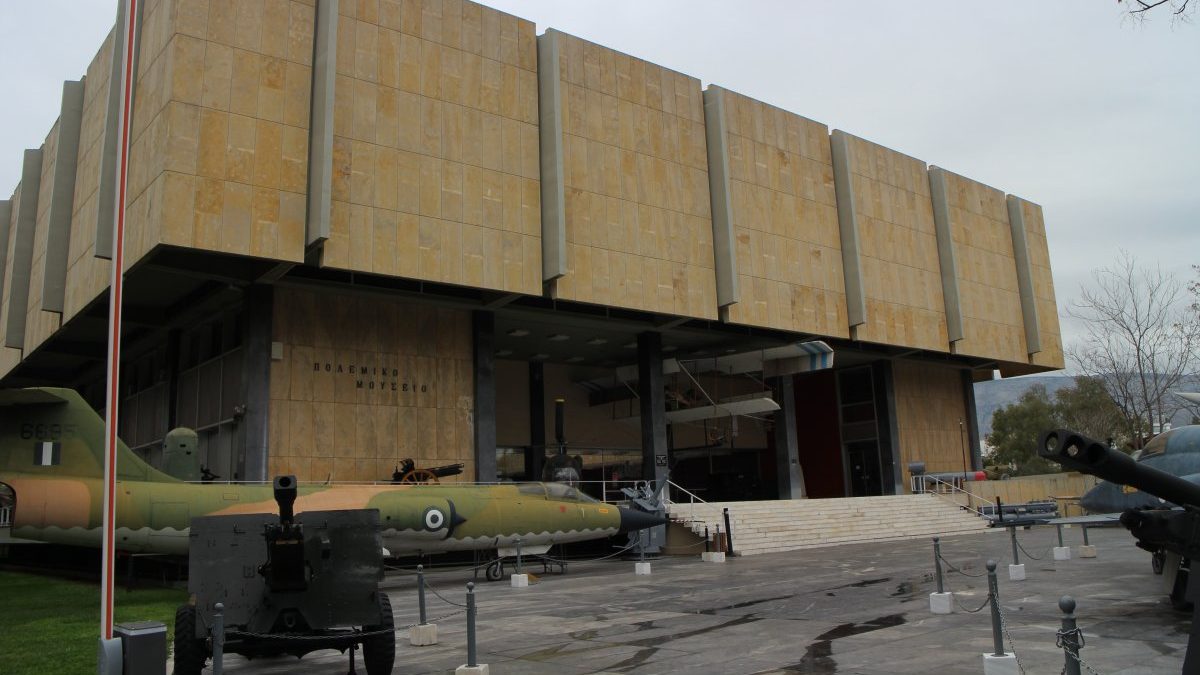
One might argue that the real charm of Athens lies not only in its ancient monuments but in the many, many museums that uncover different parts of its history.
The War Museum is a significant Athens dark tourism spot that offers a unique opportunity to explore the city’s military history. Located in the center Athens, the museum houses a massive collection of artifacts, documents, and exhibits related to Greece’s involvement in various wars and conflicts.
From ancient battles to modern warfare, the museum provides an extensive overview of the country’s military past. The exhibits cover topics such as the Greek War of Independence, World War I, World War II, and the Greek Civil War. Additionally, the museum offers displays of the strategic importance of Athens during various conflicts, shedding light on the city’s role as a military stronghold.
However, for me, the most impressive part of the museum is its extensive collection of military vehicles. There, you can see tanks, armored vehicles, artillery pieces, and aircrafts that were used in different periods of Greek military history.
The Athens War Museum is open Monday-Sunday 09:00-17:00. As for the cost, entrance is 6 euros for adults, while there is a 3 euro, reduced ticket available too.
The Rifle Range (Skopeftirio) of Kaisariani
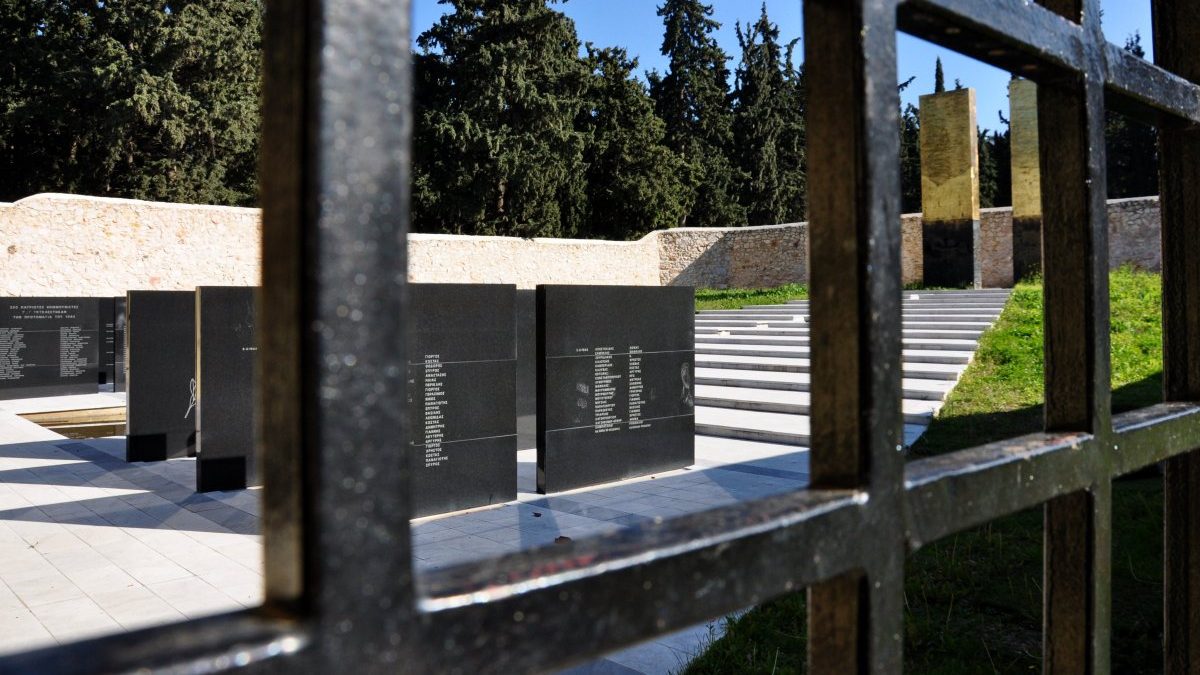
This historical site, once used as a shooting range, has evolved into a symbol of Greek contributions to the resistance against Axis forces during World War II. It was here where 200 Greek partisans were executed by the Nazi Occupation Forces on May 1, 1944.
Today, local authorities have transformed the place in a modern memorial site, a proper tribute to those who proudly stood against the Nazis. The area is part of a massive park, very popular among local families. It is the perfect place for a walk, and even better for a picnic.
In skopeftireio also operates a museum dedicated to EAM, the biggest Greek resistance force during WWII. Original wartime artifacts, documents, and photographs are among the many exhibits you will find there.
The “1941-1944 Memorial Site”

In the beginning, this place was never meant to become among the Athens dark tourism spots. In August 1894, the “I ETHNIKI” General Insurance Company purchased the 4 Korai Street mansion to house its head offices there.
During World War II, Greece was occupied by Axis powers. As part of their military administration, the occupying forces established Kommandanturen, the headquarters for the military administration and the local branch of the occupying power.
In Athens, the central Komandatur was housed in the basement of the 4 Korai Street building and was responsible for maintaining control, enforcing orders, and overseeing various aspects of governance in the occupied territories.
The building basements were used as detention centers. Men and women were kept inside before being transferred to other prisons. They were often being held for days without food or water. Because of the thick walls and the metal doors, the basements were soundproof. That’s why even though the building was right in the city center, nothing could be heard outside.
Prisoners would carve stories on the walls, like their names, why they were detained, or how they were treated inside the building basements. German soldiers occasionally painted the walls to erase the cravings, but again the prisoners would write their stories so people would know the truth when they found them.
In the following years, Ethniki Insurance commenced works to preserve the Mansion and repair the damages caused by the consecutive requisitions. The detention centers underwent restoration and conservation work to better show off the detainees’ graffiti and messages on the metal doors, walls, and windows. Texts, names, dates, drawings, etc., were preserved, and the two basements were opened to the public.
You can find more information on my seperate piece on the sight.
The Athens Polytechnic
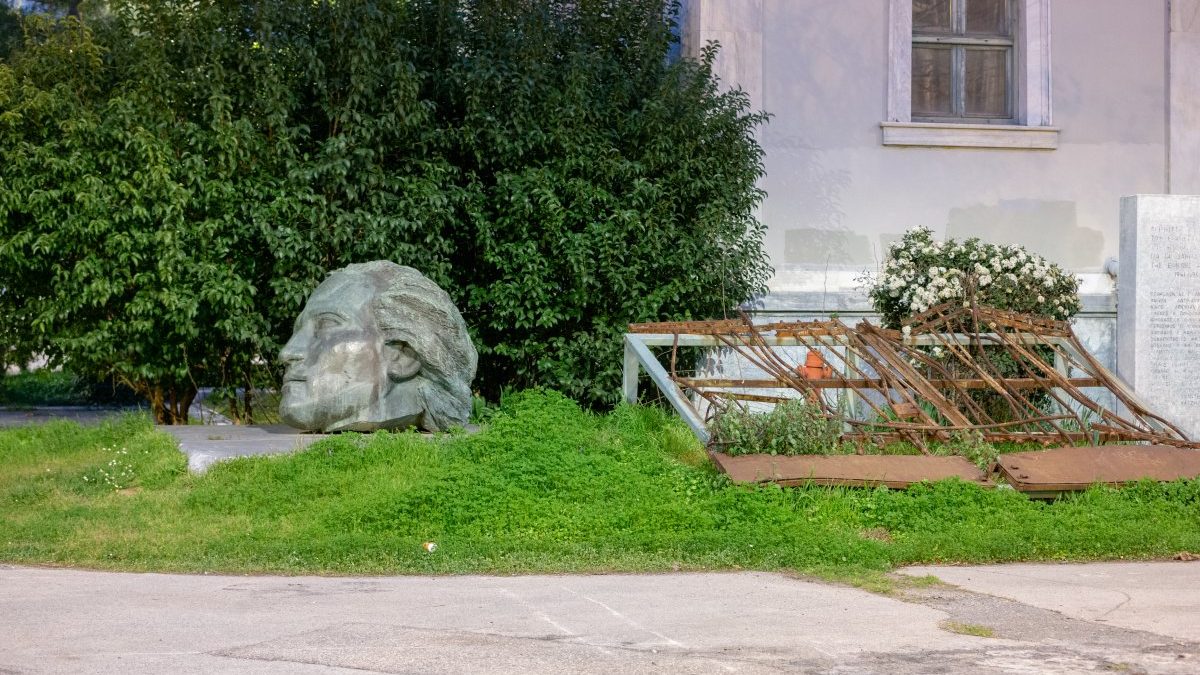
One of the most haunting and powerful Athens dark tourism spots is the Athens Polytechnic University. It was here, in 1973, during a time under the military junta, that students and intellectuals protested against oppression.
Their peaceful resistance was met with brutal force, a tragedy that included a tank crashing through the university gates. The short-lived, yet potent uprising was named the ‘Athens Polytechnic Uprising’, and it’s a key symbol for democracy in Greece. Every year at 17th November students gather there, play music and pay their respects. Afterwards, a march through Athens follows.
The original gate, the one crashed by the tank, is still there to see. I would recommend getting there to leave a flower – a small tribute to the brave students that risked their own lifes against the oppressor.
The Haidari Concentration Camp (Block 15)
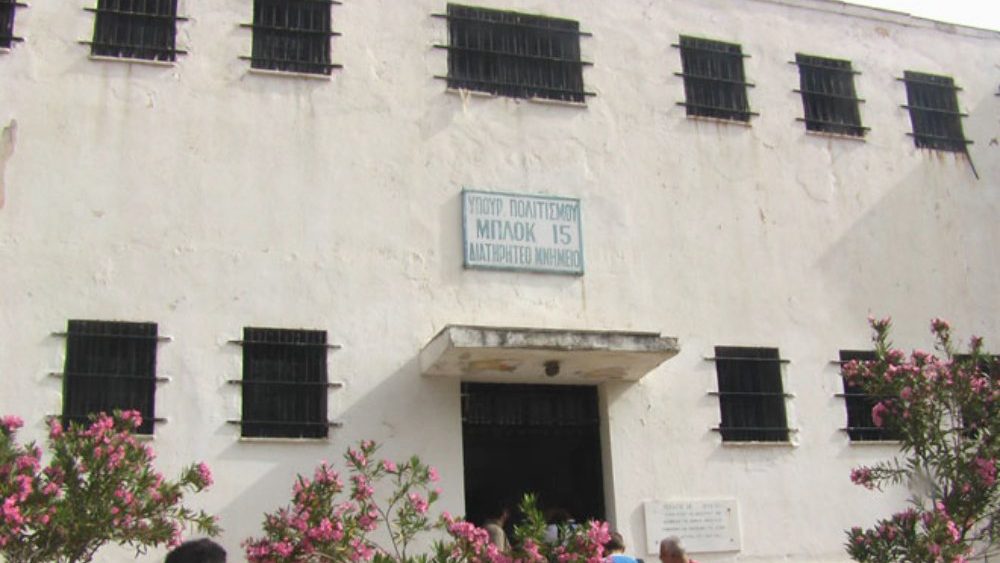
The Haidari concentration camp, also known as Block 15, was the largest Nazi concentration camp in Greece during World War II, where thousands of people were imprisoned.
The camp served as a place of imprisonment for political dissidents, resistance fighters, and Jews. It was notorious for its harsh living conditions, forced labor, and executions.
Hopefully, block 15 will become a museum and one of the best dark tourism spots in Athens in the next few years, after many years of popular demanding. Visiting this site will soon be opportunity to learn more about the atrocities committed during the war and pay tribute to the victims who suffered and lost their lives in this camp.
The EAT-ESA Museum
Now, let’s talk about the EAT-ESA museum, a lesser-known, but crucial part of the Athens dark tourism scene. Not usually on the typical tourist maps, this museum chronicles the brutal days of the military junta that ruled Greece from 1967 to 1974.
The museum’s exhibits are dedicated to the lives lost and the hardships during this δαρκ period. A collection of photographs, personal items, and disturbing artifacts provide a brutally honest portrayal of the realities under this oppressive regime.
Among its exhibits is the correspondence between imprisoned individuals and their loved ones, revealing the diabolical human rights violations that took place. You can contact them directly to book a tour to the museum.
The Parnitha Sanatorium
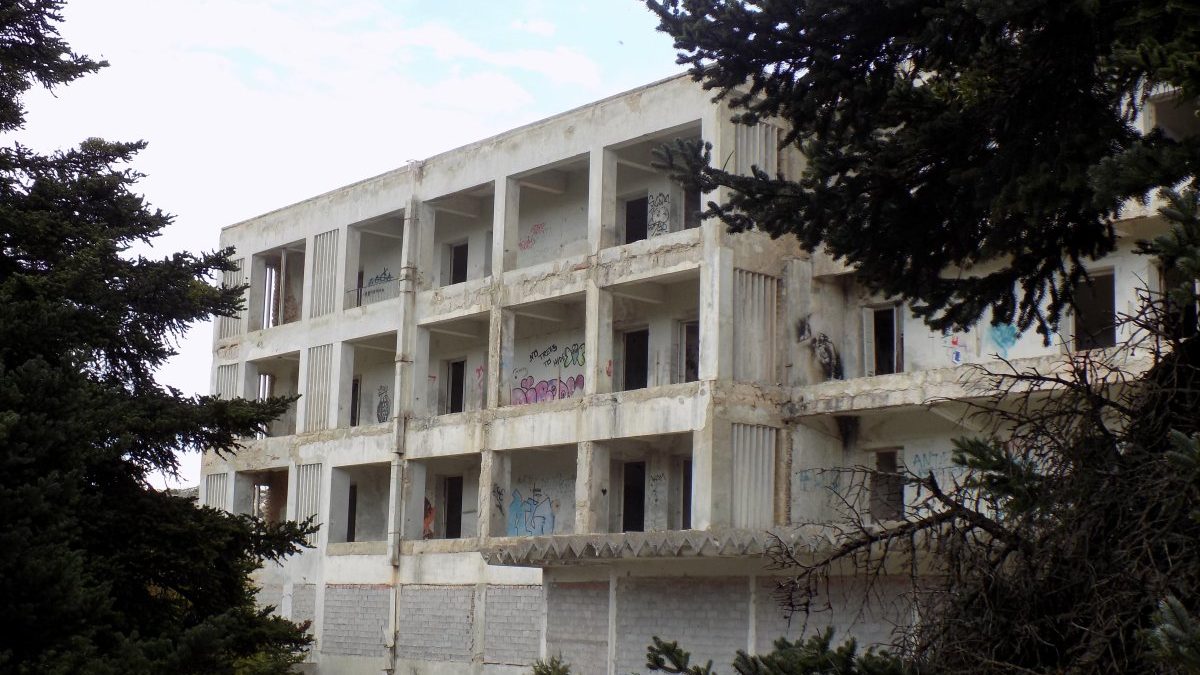
High on the Mount Parnitha and hidden by pine forests stands the Parnitha Sanatorium. It was built in the late 1910’s to house the tuberculosis patients (Around 100.000 greeks had lost their life from TB (!).
However, during World War II, the building took a turn for the darker. It was converted into a camp for political prisoners and later served as a treatment center for soldiers. More hauntingly, in its later years, the sanatorium became home to many children orphaned during the Greek Civil War.
After the discovery of penicillin, the Sanatorium gradually fell into decline. By 1965, the building housed the Xenia Hotel and later the School of Tourism Professions, which operated until 1985. Ever since, the facilities have remained completely abandoned.
There have been many urban legends about the Sanatorium, with many people claiming that have seen or heard ghosts inside! After the massive earthquake that hit Athens in 1999, the Sanatorium was deemed unstable and people were banned from entering. However, many people enchanted by its abandoned aura, still take the risk and enter.
The main way to get to the Sanatorium is driving, so that’s sommething important to know. Keep in mind that the sanatorium itself is still officially closed to the public, so you enter at your own risk. Better safe than sorry! However, for me is one of the best Athens dark tourism spots!
The Marathon Tumulus
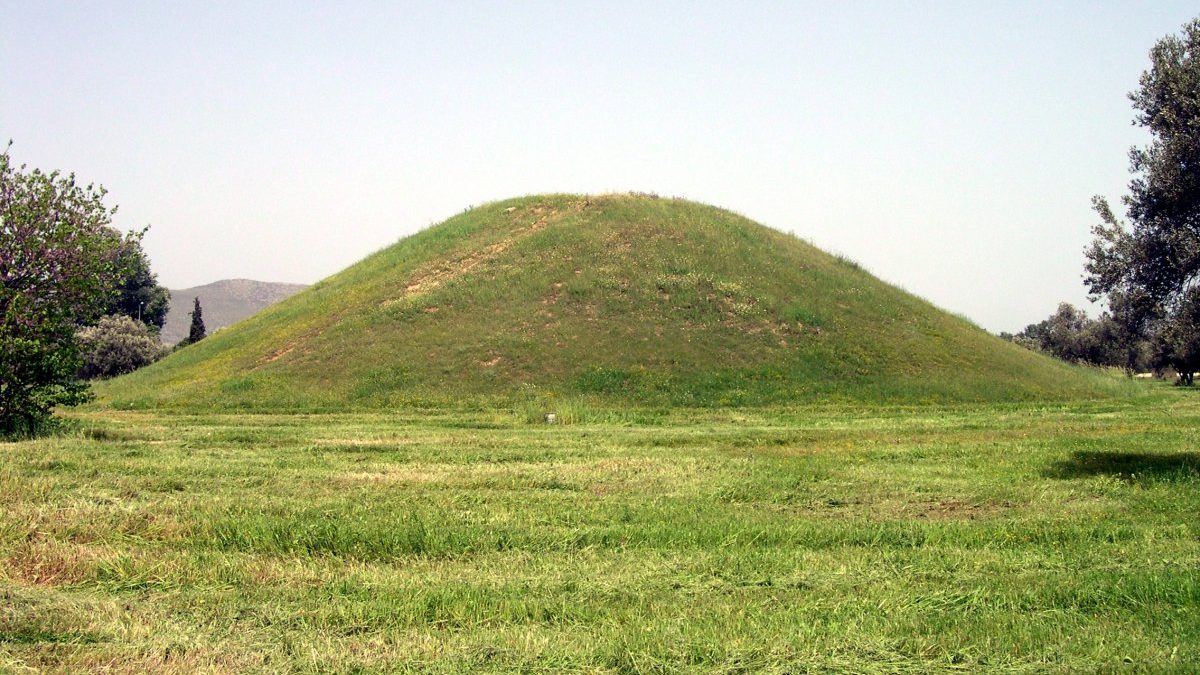
Located about 40 kilometers northeast of Athens, is the historic Marathon Tumulus. An artificial hill, erected in memory of the Athenian soldiers who perished in the Battle of Marathon in 490 BC, this site embodies both the triumph and tragedy of war. Did you expect to learn about ancient Athens dark tourism spots today?
The Battle of Marathon was one of the most crucial moments in world history – where the Athenians beat the advancing Persians against all odds. However, it was at a cost that cannot be overlooked – the lives of 192 Athenians. The bodies of the Athenians lost in the fight were buried inside this very tomb.
Around the tomb, artifacts and grave goods recovered from the site are displayed in the Archaeological Museum of Marathon. These relics offer a taste of the world-famous ancient Athenian civilization and the lives that were lost on the battlefield. Entry tickets include both the tomb and the archaeological museum and they cost 6 euros. There is a discounted, 3 euro ticket available too.
In terms of logistical tips, getting to the Marathon Tomb from Athens involves a bus (around 1.5 hours) or a car ride, so it’s a perfect day trip opportunity for history enthusiasts. You can take the bus (KTEL) to Marathon from the Nomismatokopeio metro station. Tickets can only be purchased by cash directly into the bus. They cost 3,7 euros each way.
Here you can find the up-to-date timetables to get to Marathon from Athens:
| Departure from Athens | Departure from Marathon |
|---|---|
| 5:55 | 6:00 |
| 7:05 | 6:15 |
| 8:20 | 10:45 |
| 10:30 | 13:45 |
| 13:20 | 14:45 |
| 14:10 | 15:45 |
| 15:10 | 17:00 |
| 17:10 | 19:15 |
| 18:15 | 20:30 |
| 19:15 | 22:15 |
| 20:45 | |
| 22:40 |
The Penteli cave (Davelis cave)
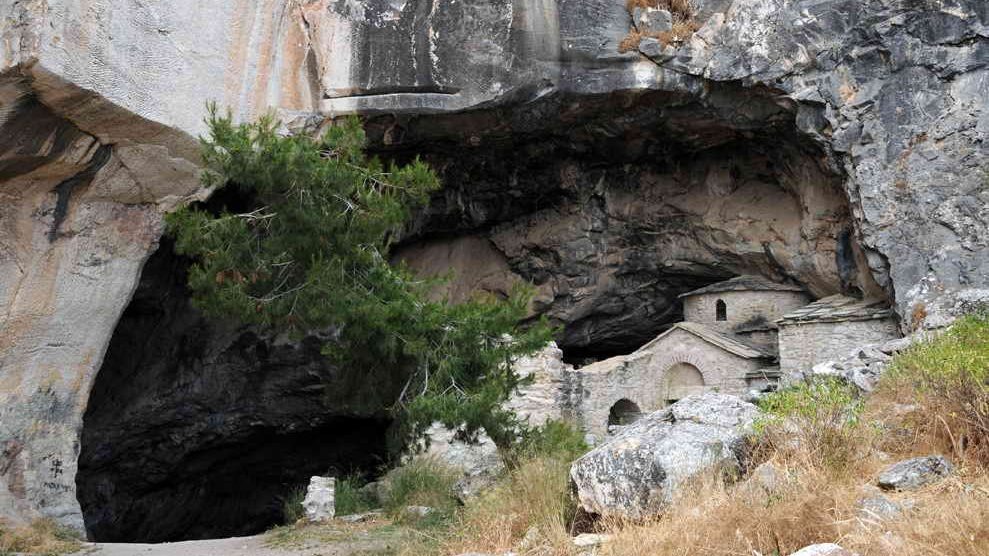
The Davelis Cave on the outskirts of Athens is a different stop on the Athens dark tourism trail. Caves are often associated with tales of the underworld, but this one in particular has its fair share of supernatural stories.
The cave was once thought to be the hideout of an infamous eighteenth-century outlaw, Davelis. It’s said that a network of tunnels extends far into the mountain. Before that, it was an ancient greek temple dedicated to panas and an orthodox church. It is said that some of the monks spent their entire lifes there.
Locals and past visitors often share stories of strange apparitions, unusual “cold spots”, audio disturbances, and the feeling of being watched. While personally not a fan of the supernatural, I found those stories quite interesting.
The First Cemetery of Athens
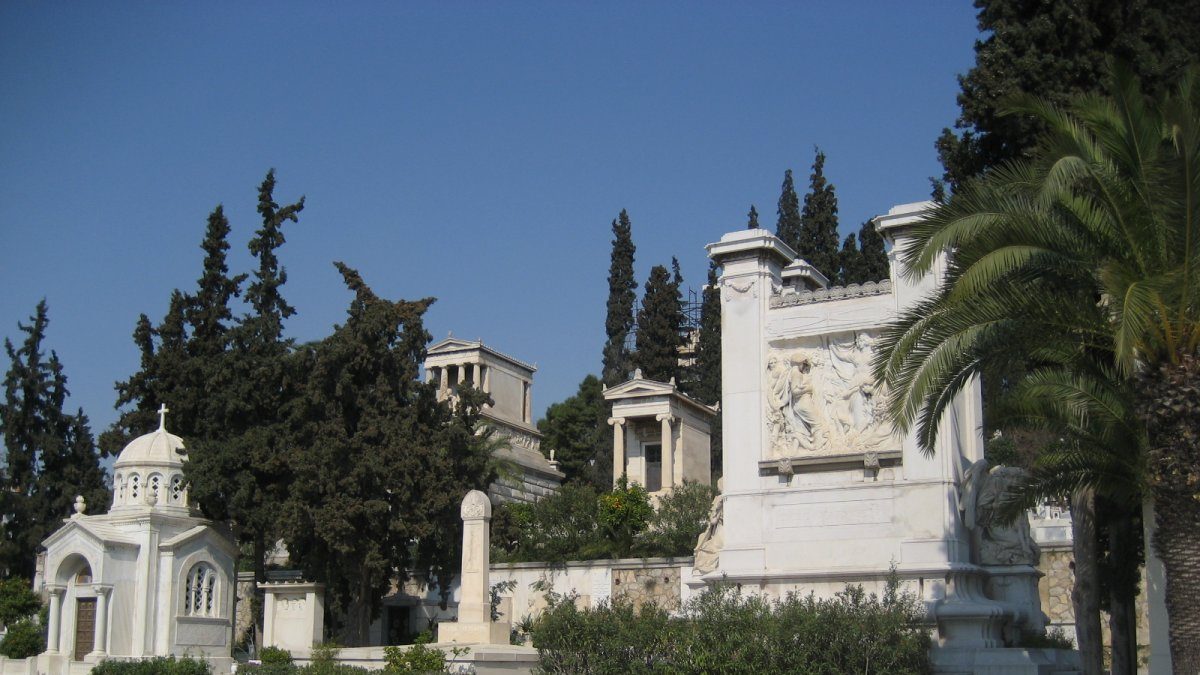
The first cemetery in Athens was established in 1837 as the city’s first organized burial ground and became the final resting place for many important figures in Greek history.
The cemetery is located in the neighborhood of Mets and covers an area of approximately 170,000 square meters. It is not only a place for burial but also a fascinating open-air museum that shows the evolution of Greek funerary art and architecture over the years.
Within the First Cemetery of Athens, you’ll find the graves of significant individuals such as politicians, artists, writers, and scholars. Some of the most notable figures buried here include Eleftherios Venizelos, a prominent Greek leader, and Melina Mercouri, a famous Greek actress and politician.
Walking through the cemetery is a chance to explore the different architectural styles of the tombs, from neoclassical to modernist designs. It is a different and unique opportunity to learn more about into the history and culture of Athens while paying respects to those who rest there.
Final Thoughts
Athens has always been a city that invites exploration. But off the beaten track of the Parthenon and Plaka, and you’ll experience a whole different side to the city – the darker side of Athens tourism. It is a side that triggers the curious part of you, that draws you into the shadows of history, and one that is worth discovering.


